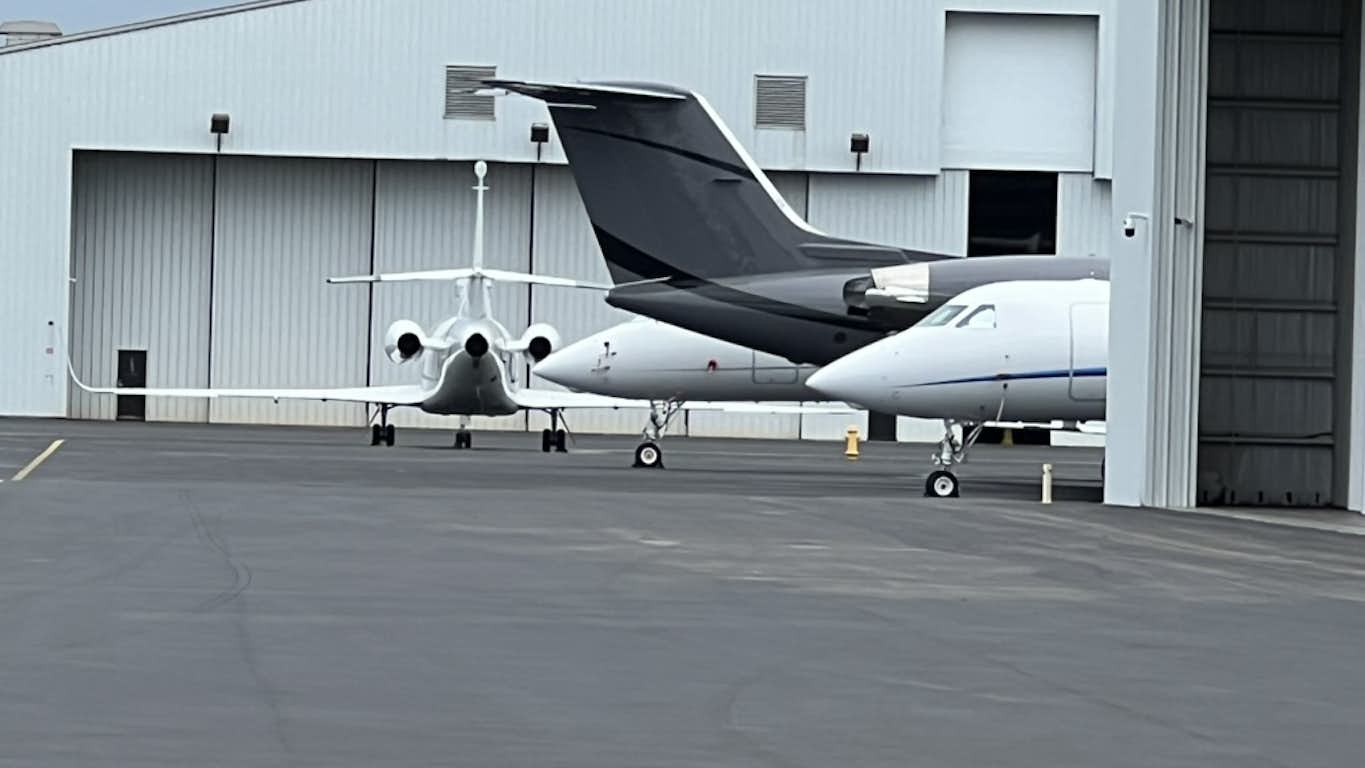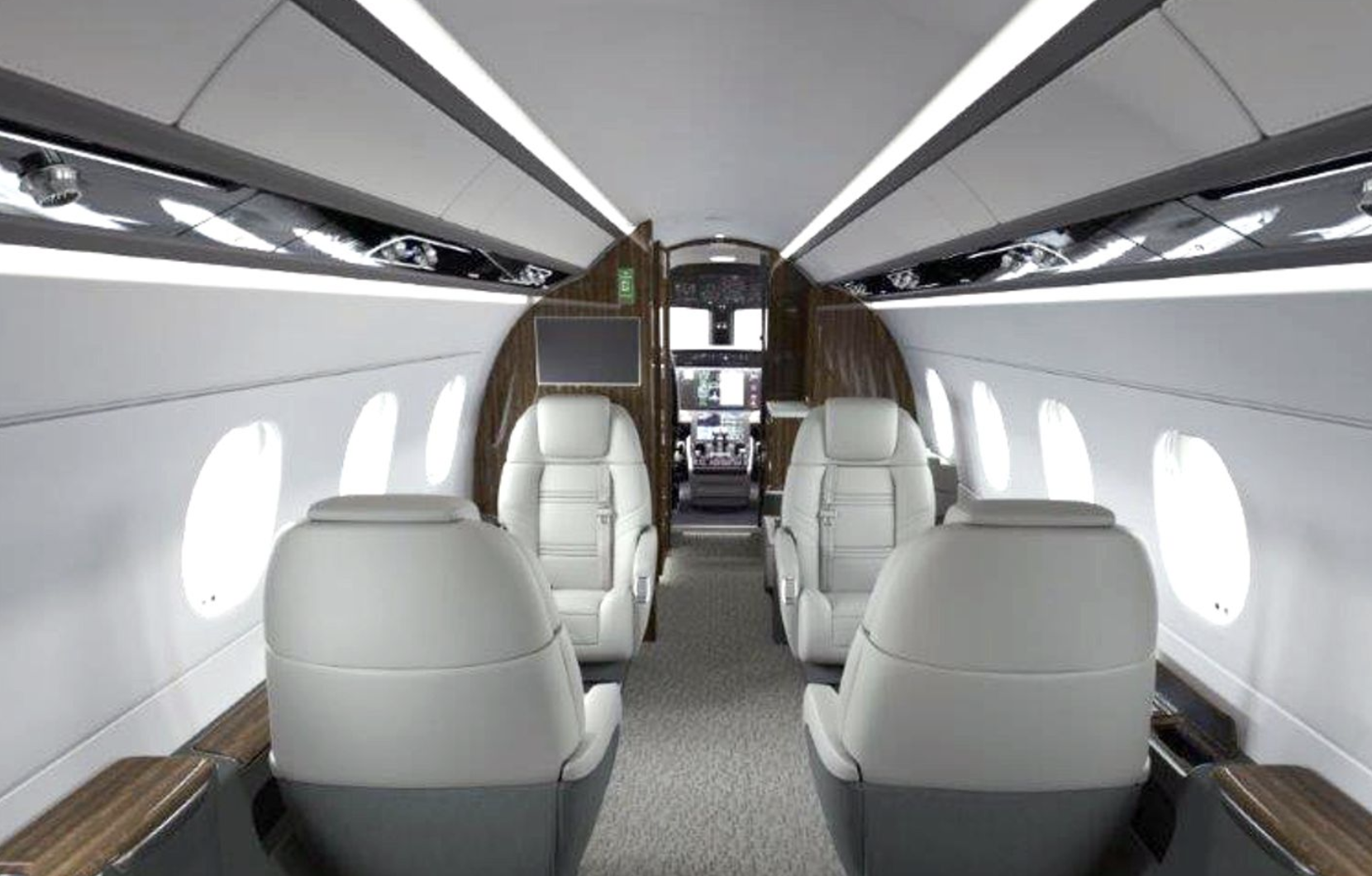Charter brokers are navigating new rules of engagement for sourcing your private charter flights. It impacts what you pay and how you fly
Brokers who sell on-demand private jet charter flights say it’s not just availability and price that’s an issue. Record demand has changed the ways jet owners and the operators who manage their aircraft and sell charter flights are working.
It means if you are not in a jet card program, having a good broker is more important than ever.
So what’s changing, and how could it impact you?
Repositioning Flights For Private Jet Charters
It used to be short repositioning flights were normal. No worries if the jet was at Palm Beach International Airport and the customer wanted to leave from Boca Raton, 25 miles away.
One of the benefits of private aviation is using convenient airports. Private jets have access to over 5,000 airports compared to less than 500 with scheduled airline flights.
However, owners are now trying to minimize extra landings and takeoffs. Each rotation puts their jet closer to required maintenance based on the number of cycles.
With delays in parts and shortages of mechanics, plus price increases, owners know that maintenance that in the past would be handled in a day or two can now sideline their aircraft for weeks.
In addition to losing charter revenue, their own flying needs can be impacted.
According to one broker, the operator may just say, “Fly out of the airport where the aircraft is based, or we’re not interested. It needs to be out and back to that airport, no repositioning.”
Another broker says if the answer isn’t a hard no, it is reflected in a price. The difference in the quote may have been $1,200 before, and now, it’s $6,000, so you can drive 20 minutes or pay the difference.”
Short flights on Large Cabin Jets
For groups with nine or 10 passengers, you would typically need a super-midsize or large cabin aircraft. If you are making a short flight, that could be an issue.
The reason is two-fold, say brokers and operators I spoke with. A short flight means more wear and tear on the aircraft. More than that, with demand at record levels, owners know the chances are that they can sell their airplane for a longer, more lucrative flight.
In some cases, if the customer isn’t flexible on departure time, large groups need to book two jets.
Owner Approvals For Private Charters
The charter market is arcane, no matter what you read from some brokers who compare themselves to Expedia. It’s simply not true.
The market works the same for everyone. If you aren’t an operator, or even if you are, going off-fleet, you need to get a hard quote from the operator.
It’s a process that includes phone calls and emails. In addition to making sure the aircraft and pilots will be available and finalizing the hard quote, operators say the number of owners who want to approve flights on a trip-by-trip basis has increased.
That means contacting the owner and getting them to say yes or no. In fact, digitizing that process from consumer to airplane owner is primarily what Wheels Up is trying to do.
Another change is owner approval was usually for large and super-midsize jets. Now, several brokers are finding operators need to get owner approval even for light jets and turboprops.
Why? In these cases, one broker says owners are more undecided about needing their airplanes.
Since they are less sure of their travel plans, they are reticent to let their operators sell flights unrestricted.
In some cases, it comes down to the pilots. Whereas large owned and fractional fleet operators have pilots who are type-rated and fly in those aircraft types across the fleet, the pilots for managed aircraft are often dedicated to that airplane.
If a pilot gets sick or tired flying charter flights, the owner may have to find a contract pilot to fly their flights. In some cases, rates for contract pilots are double what they were before Covid, according to one operator.
International Charter Flights
Like all of the points in this article, these issues are not operator-specific but aircraft-owner specific. That’s the case with international flights.
Again it comes down to repairs and crews. Owners are afraid if their airplane has a mechanical issue in the Caribbean or Mexico, it will take weeks to get it repaired. They also bear the cost of flying replacement parts to their aircraft if they can’t be shipped. Either way, it’s expensive and inconvenient.
And then what if one of their pilots tests positive for Covid while outside the country?
In the past, pilots enjoyed Caribbean trips where they might stay with the customers and fly them back if it was for four or five days. Now owners want their pilots back the same day if possible.
For charter-focused owners, there’s also the fact that a plane sitting in Turks & Caicos for several days is losing revenues.
In the past, there was no reason to fly the plane back since it would just be sitting around anyway. Prior to Covid, only 6.2% of the entire U.S. fleet flew over 1,000 hours per year. The average was 340 hours, according to JetNet, so less than an hour per day.
For buyers of an on-demand charter, it means prices are often double what they paid in the past. That’s because they are buying two roundtrips. The first is to fly the jet back to base empty after they are dropped off. When they are coming home, it’s the same in reverse.
What about foreign operators? One broker says he finds less want to make flights into the U.S. Again, less inventory means higher prices.
Canceling Your Private Jet Charter
Canceling ad hoc charter flights booked as one-ways – where the same jet isn’t staying with you and bringing you back – has always involved different cancelation terms.
One benefit of jet cards was that they typically allowed you to cancel one-way bookings within hours or days of departure. While that’s changing to some degree, it is having the biggest impact on customers who book flight-by-flight.
For one-off bookings, floating fleet operators have typically had more generous cancelation policies. Operators of managed aircraft often had a 100% cancelation policy after booking.
However, brokers often knew there was flexibility. If a client canceled, say a week before, chances are the airplane wasn’t going anywhere anyway, as noted by the JetNet data.
There was no lost revenue. Now, with jets flying daily, often several segments, the owner likely lost several bookings.
Brokers say operators are stricter in adhering to cancelation penalties. In other words, read the contract before you sign it!
Another change is Covid-related cancelations. At the outset of the pandemic, brokers say if a customer came down with Covid, operators were often flexible to refund the charter fare.
After all, private jet flights were down 80% in April 2020. Chances are the was no lost revenue. That’s changed. They are now at record levels. According to WingX, U.S. charter and fractional flights were 40% above pre-Covid levels for the past four weeks.
In both cases, this is where a good broker shines. You are buying the relationships your broker has with an operator and whatever goodwill their buying volume can gain.
Private Jet Rental – What you need to know
Management companies say owners are just getting smarter. They know if they turn down a trip with a repositioning leg or an international flight, they’ll get something better tomorrow.
If an owner has a goal of 400 charter hours for the year, they know they can make that number even if they turn down certain trips. Owners are more strategic about the trips they want to take.
Brokers say prepare to pay 30%-50% more than before Covid for on-demand charter flights, particularly if you are not flexible.
What does being flexible mean?
It really means slimming down your normal parameters.
If you have to book a specific aircraft type and configuration, with age restrictions, at specific times on specific dates, you may find your selection limited. You will definitely be paying the maximum.
If you can move your departure, sometimes by a day or two, that can greatly impact the price.
Ask if you can save money by flying out of alternative airports.
Why charter a jet flight-by-flight?
Many on-demand charter customers fly on-demand – instead of with fixed or capped rate jet cards – because they have specific aircraft preferences.
For example, they want a Challenger 300 with a couch instead of the second set of club chairs. They want a six-foot-high stand-up cabin in a super-midsize jet, which eliminates the ubiquitous Citation Xs.
If you typically impose aircraft age requirements, say, nothing more than 10 years old, consider moving that to 15 or 20 years. More important for experience is when the cabin was refurbished.
In others words, tell your broker, “I need to go from A to Z, these are the dates I can leave and this is the window I need to return.”
The more flexibility you give your broker to source flights, the better the chance of finding a solution that fits your needs.
That could even mean being flexible on where you want to go. If you want to go someplace warm with a beach and have a specific budget in mind, tell your broker you are open to suggestions.
Most importantly, book in advance. Brokers say 60 to 90 days gives you the best options.
Lastly, if you want to shop multiple brokers, don’t be surprised that the airplanes quoted are gone when you call back.
Which goes back to my final point. A good broker is like gold. The best way to develop a relationship is to pick up the phone and call as opposed to online quote forms and digital requests.












